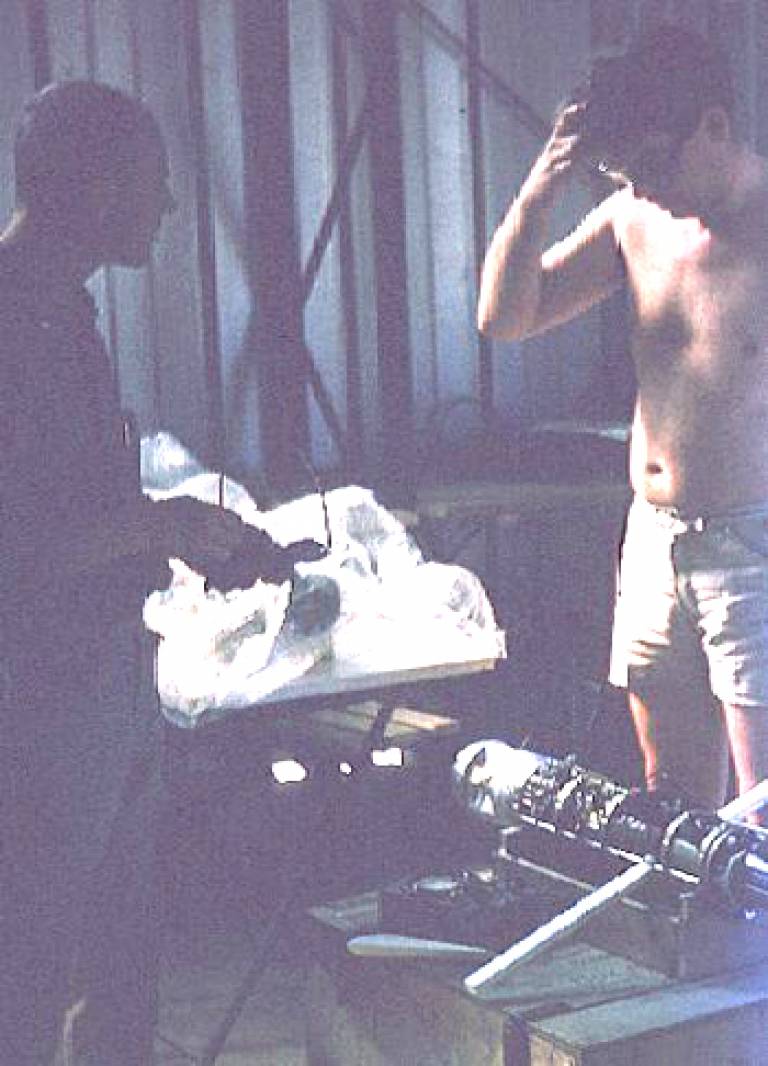The past, present and future of UK space science
24 April 2007
Scientists and engineers from the UCL Mullard Space Science Laboratory (UCL MSSL) had a major presence at the British Rocket Oral History Programme (BROHP) conference, 12-14 April 2007 at Charterhouse School in Godalming.
 Their contributions marked the 50th anniversary of the first launch of a UCL experiment into space, and the 40th anniversary of the official opening of UCL MSSL. UCL became involved with space research in the early 1950s, one of the first universities in the world to do so.
Their contributions marked the 50th anniversary of the first launch of a UCL experiment into space, and the 40th anniversary of the official opening of UCL MSSL. UCL became involved with space research in the early 1950s, one of the first universities in the world to do so.
Today, UCL MSSL is the UK's largest and oldest university space research group, having participated in more than 50 satellite missions and 200 sounding rocket flights.
The UCL MSSL exhibition stand at the BROHP conference showcased a range of historic space science instrumentation from the lab's extensive collection. Of particular interest to the historians were the top three sections of a British Skylark rocket, containing instrumentation launched into space in 1976; 2007 is the 50th anniversary of the first Skylark launch.
Other exhibits included examples of detectors flown on missions from the 1970s to the present day, including engineering models from the NASA-ESA Cassini mission to Saturn, and from the ill-fated Beagle 2 Mars lander.
UCL MSSL scientists presented highlights from missions currently in space, met prospective students and took part with aerospace professionals in a lively discussion about how UK universities and companies can work together to advance space research.
The three-day meeting was brought to a close by the Sir Arthur Clarke Awards ceremony, which saw dignitaries descend on Godalming to celebrate the achievements of the UK space community.
To find out more, use the links at the bottom of this article.
Image 2: A UCL rocket payload shortly before launch from Greece in 1966; cleanliness control has moved on since then
 Close
Close

